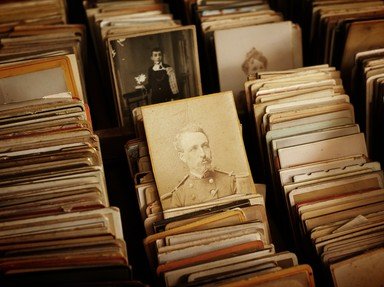Quiz Answer Key and Fun Facts
1. Which Spanish twentieth century painter described his works as "hand-painted dream photographs"?
2. Paul McCartney was inspired to write which song by a comforting dream about his late mother, Mary?
3. Giuseppe Tartini, an eighteenth century composer, was inspired to write his most famous work, "Violin Sonata in G minor" by a powerful dream in which he gave his violin to a supernatural being who played it magnificently. By what other fiendish name is this sonata more commonly known?
4. August Kekule, a celebrated German organic chemist, was struggling to work out the molecular structure of benzene. The solution came to him suddenly after he had a vivid daydream about what event?
5. James Cameron was inspired to create what scary film by a fever dream of a horrifying creature, clawing its way towards him out of a sheet of fire?
6. "Kubla Khan" has been acclaimed as one of Samuel Taylor Coleridge's greatest poems. He claimed that he composed a complete poem of two or three hundred lines in a dream after taking opium, but only completed 54 lines for what reason that caused him to forget the remaining lines?
7. Robert Louis Stevenson credited his dreams with providing him key elements of what novel about the duality of human nature?
8. Elias Howe, who invented the modern sewing machine, had trouble figuring out where to place the eye of the needle so that the device would operate efficiently. The solution came to him after a dream about which of the following?
9. Srinivasa Ramanujan, despite having no formal training, was inspired by dreams of a Hindu goddess, which helped him to make extraordinary contributions in what exacting field?
10. Which author of what is considered the first modern science fiction novel was inspired by dreaming of a scientist who created life but was then horrified by his creation?
Source: Author
agentofchaos
This quiz was reviewed by FunTrivia editor
ponycargirl before going online.
Any errors found in FunTrivia content are routinely corrected through our feedback system.
